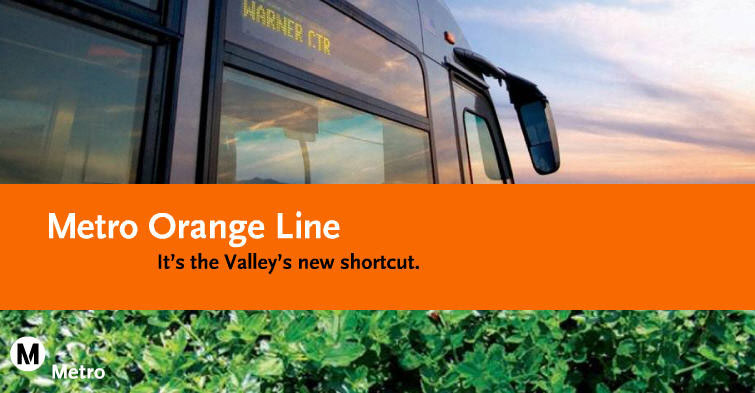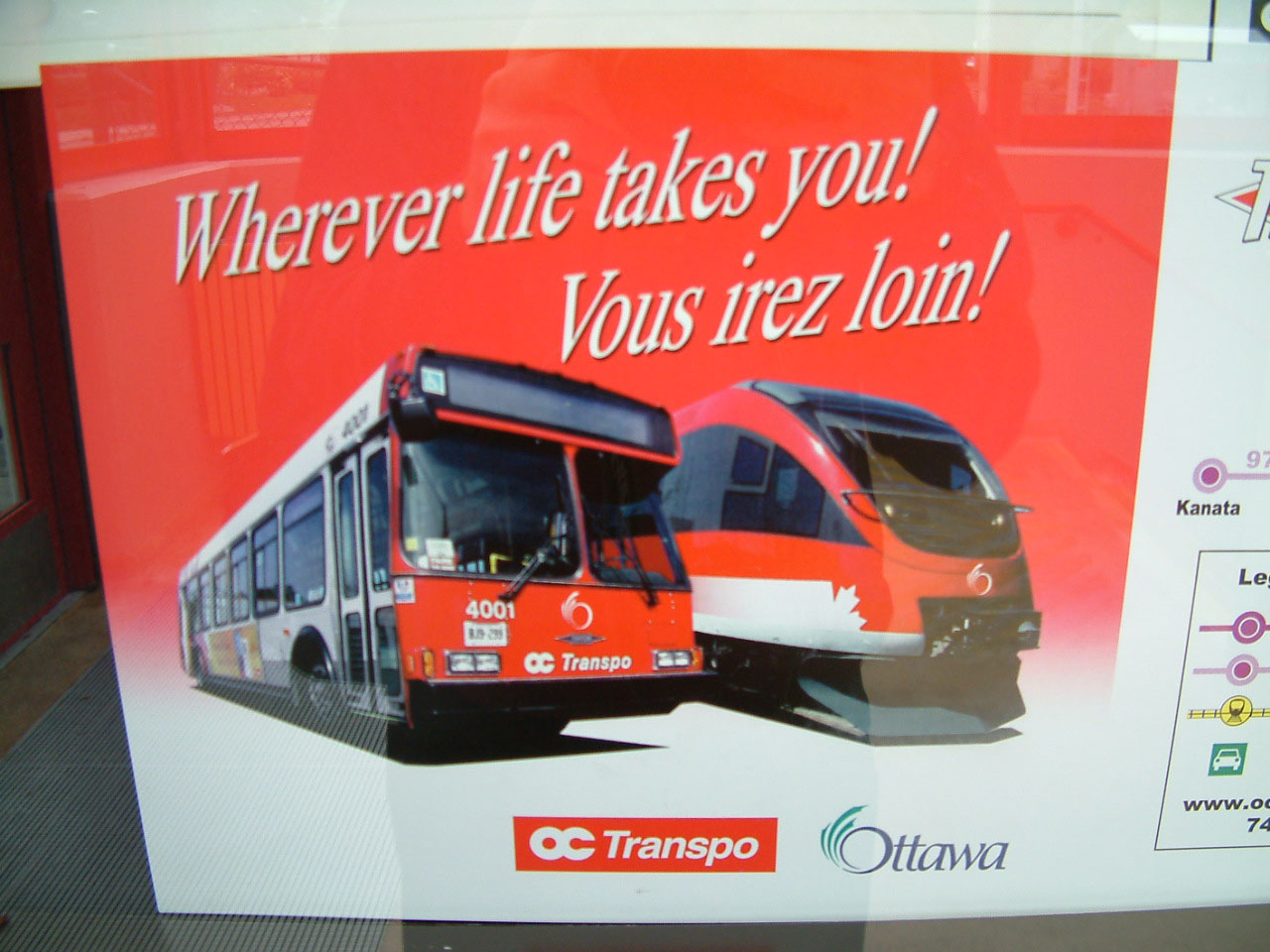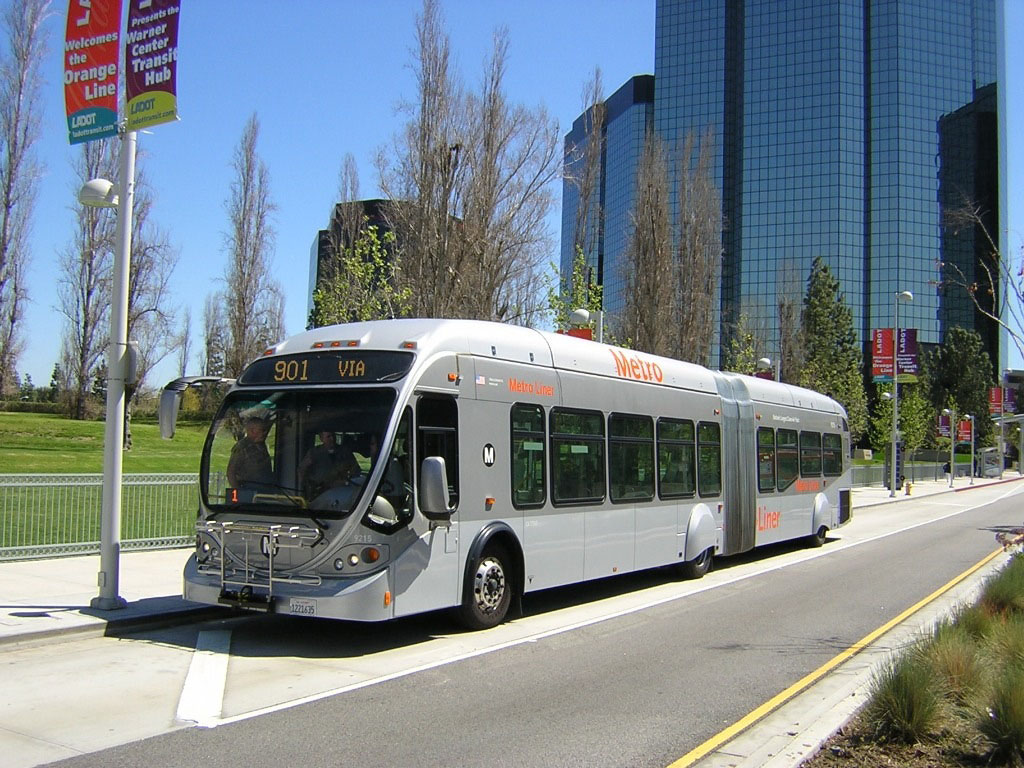11.4Design Development: Feedback and Adjustments
The business of the advertiser is to see that we go about our business with some magic spell or tune or slogan throbbing quietly in the background of our minds.Marshall McLuhan, philosopher and public intellectual, 1911 - 1980
Once the concept and core communications have been developed, they will need to be reviewed, fine-tuned, and tested. This is the time to go back to the stakeholders and target groups that were previously engaged in the process to solicit their feedback. This is also the time to present options for adjustment to the project group to review and approve.
It is important to remember that feedback loops are part of the process. A negative reaction to a logo or color scheme should not be seen as a failure, but rather as an opportunity to create a better brand that better suits your audience. It is also an opportunity to ensure that your brand has remained true to the original values set forth in the branding brief.
Once there has been a consensus on the brand that has been tested and approved, you can move on to bolstering your brand with complementary messaging, targeting your audiences, and preparing for implementation.
11.4.1System Tagline/Slogan


Creating public recognition of the system can be bolstered by a slogan or tagline that accompanies the name and logo. The message from such a slogan may highlight an aspect of the system that is of particular value to the targeted audience. For example, the message may stress the time-saving aspects, the level of convenience and comfort, or the modernity of the system. Above all, the slogan should be inspirational in motivating customer usage of the system. Some sample BRT slogans:
- Rapid transit for everyone;
- The fastest way around the city;
- Relax and leave the driving to us;
- Not just another bus;
- Wherever life takes you;
- Connecting people to life;
- When you need to get there;
- The easy way to work;
- Never sit in traffic again.
Not every system has a tagline, but when used, taglines should be visually integrated into the design sometimes as part of the logo, sometimes independently, in the same way as the logo, name, and livery.
11.4.2Market Segmentation
The market segmentation process will be informed by the stakeholder analysis (see Chapter 9: Strategic Planning for Communications) and the communications team will develop messages as well as devise strategies and tactics for reaching individual audiences. Determining what messages and modes of transmitting them will appeal to which group is the key challenge for and job of the communications team, as described in Chapter 9.
Table 11.1Potential Marketing Messages for Market Segments
| Market Segment | Potential Messages |
|---|---|
| Students |
|
| Parents |
|
| Professionals |
|
| Existing Public Transport Users |
|
| People with Disabilities |
|
Marketing techniques have increasingly drawn on psychology as a basis for understanding personal decision-making processes. It is one thing to simply inform a person of a new public transport option, and it is quite another to convince people to change their behavior to use the system for the first time or to interact differently with this public transport system if they have used it previously. In the case of a BRT replacing an informal bus network, for example, intensive outreach is vital to educate customers on how to use the new system, and to explain to them how it will improve their quality of life.
An individual may undergo many stages of realization before moving from awareness of a new transport option to actually trying out the new system. It may take further conditioning and persuasion to move the person to a long-term commitment to a new form of mobility.
It is important to account for existing brands in a city or country when designing a brand so as to avoid unintended conflicts or unwelcome associations. If the brand of a new public transport line or system embodies local values and context, potential riders will be more likely to relate to it.
Box 11.1 Example: Metro Orange Line: It Beats the 101

Through a unified brand and clear messaging, Los Angeles Metro has proved that it can capture the attention of riders in the most style-conscious of cities. The team employed several taglines in the launch of the Orange Line BRT that informed users about the new service, as it was the first BRT in the state. The taglines were locally focused, referencing congested Highway 101, for example (“the valley’s new shortcut”), and referencing their market research, in which they determined that a barrier to using the BRT was that people’s experiences on crowded buses made them think they would not find seating.